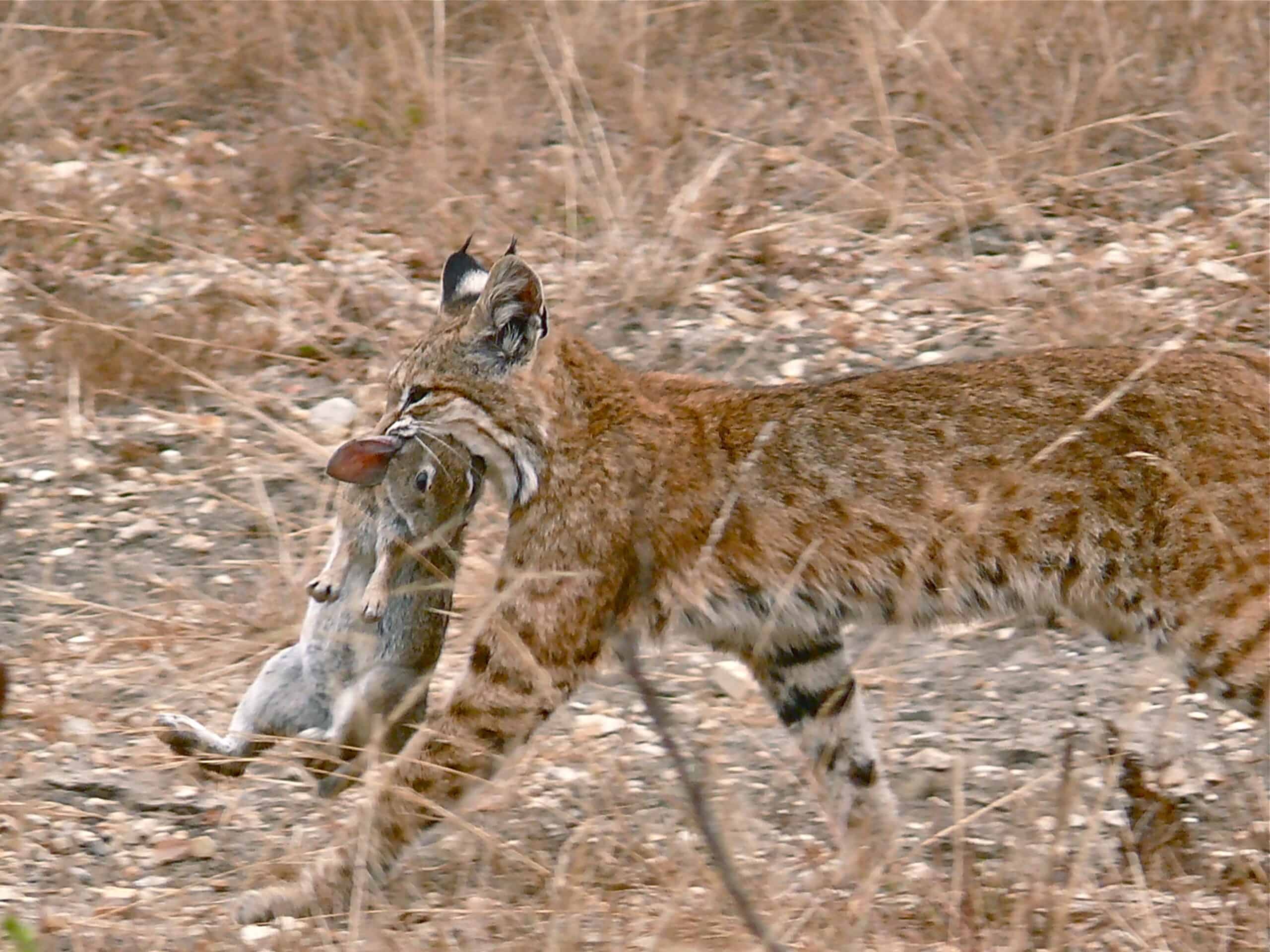Share this article
U.S. Fish and Wildlife Service announces grants for neotropical birds
Federal funds as well as matching partner funds from the Neotropical Migratory Bird Conservation Act will provide more than $20 to conservation projects, the U.S. Fish and Wildlife Service recently announced.
Recipients include 24 collaborative conservation projects that will receive a total of more than $3.8 million in federal funds, matched by more than $16.2 million in partner contributions.
“Funds from the Neotropical Migratory Bird Conservation Act have empowered wildlife professionals across the Americas to conserve migratory birds and their habitat,” said Caroline Murphy, AWB®, government relations manager at The Wildlife Society. “This important source of funding ensures science-based management and conservation of these species extends to landscapes far beyond U.S. borders.”
Congress enacted the Neotropical Migratory Bird Conservation Act in 2000 to conserve, through federal grants, the populations and habitats of neotropical migratory birds. These include 386 species of birds that breed in the United States or Canada and spend the non-breeding season in Latin America or the Caribbean. The act is the only federal funding source dedicated to migratory birds and provides critical funding for research and conservation throughout the Western Hemisphere. This year’s grants will go to projects in 15 different countries across the Americas.
“The Neotropical Migratory Bird Conservation Act grants will fund projects to conserve migratory bird habitat, engage local communities in bird habitat protection and strengthen international relations, while raising awareness of the importance of bird conservation,” said Secretary of the Interior David Bernhardt.
Under the NMBCA, at least 75% of funding goes to projects in Latin American and the Caribbean, where there is significant loss of migratory bird habitats and other threats to the species. This year’s projects include the protection of east Andean subtropical forests in Ecuador to benefit the cerulean warbler (Setophaga cerulea), Canada warbler (Cardellina canadensis) and olive-sided flycatcher (Contopus cooperi), and the development of a conservation plan for the Upper Bay in Panama, which will help to protect the Western sandpiper (Calidris mauri) and other key species.
The grants will also help to support projects in the U.S., such as an effort by the Iowa Department of Natural Resources and partners to conserve more than 300 acres of key cerulean warbler habitat in the state’s Driftless Area through the acquisition of three tracts of land.
A project in Canada includes working with landowners to improve the conservation of cerulean warblers there, including conserving breeding habitat and gathering the information needed to develop region-specific best management practices.
Since its inception, the NMBCA has provided $70 million funding to almost 600 projects across 36 countries and affected more than 4.5 million acres of bird habitat.
“This is an important program supporting science-based conservation,” Murphy said. “The Wildlife Society will continue to encourage Congress to adequately fund this program and others like it that support the vital work of wildlife professionals.”
Header Image: The cerulean warbler would benefit from several of the conservation projects recently funded by the Neotropical Migratory Bird Conservation Act. ©Andy Wraithmell/Florida Fish and Wildlife








